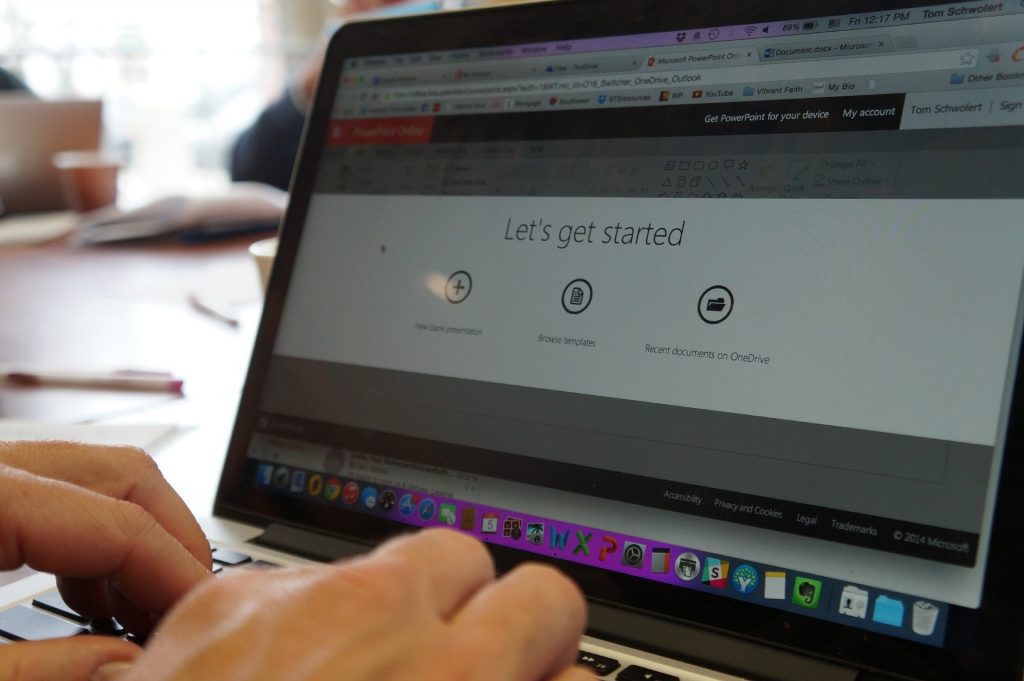
“Everyone learns differently” is a phrase we have all heard at some time in our educational endeavors. It may have been overheard from your parents as they explained to your teacher why you have to get up and move all the time during class. You may have heard it said in high school as a communications teacher gave you examples of learning styles. This phrase may have even been said recently as you sat through a leadership seminar at work as the presenter encouraged you to speak to the different learners you will encounter at the office. Whatever the case, it’s true! Now, let’s learn!
- Visual—This is the biggest population of learners out there. A whopping 65% of people say they best learn with visual aids. These learners will be the ones doodling during your meeting or taking copious notes. They are the group that says, “Don’t read it to me. I need to see it.” Your creative types in the office will most likely fall into this category.
- Auditory—Our next learning group (30%) is made up of those learners that need to hear it out loud to retain information. As you interact with and lead your auditory learners, remember that your voice is important to their understanding of the subject matter. Fluctuate your tone and pitch. Ask open-ended questions so that they can verbalize delivered information. And, most importantly, this group learns best in discussions and oral presentation.
- Kinesthetic—Move it or lose it (their attention). Kinesthetic learners make up only 5% of the population but they are probably the group you notice the most. Why? Because they will be the ones that cannot sit still during a meeting or training. They thrive on movement so give them a team challenge to reinforce your training subject matter. Make sure you are also giving this group lots of breaks in your training time.
How to Make This Work Remotely
The workforce has displayed a great ability to work remotely with a reported 17% of companies moving to work-from-home organizations. This work-from-home model does have a drawback, though, in that it is more difficult to train employees with different learning styles. But this doesn’t have to be the case!
Helpful Tips to Training Three Types of Learners
- When you are creating materials for trainings, make sure you create things that appeal to all three learners but don’t lean too hard on one style.
- Your resources should be easily accessible from a home office (email) and content easily digestible. Remember, though, that not all learners can retain information in written form so make sure there’s an option for visual and kinesthetic styles.
- Recreate the sociability of the in-person office for the remote office. Encourage online meeting websites for teams such as Zoom and Skype. This allows your employees the chance to see their coworkers face to face and retains comradery.
- Offer continuing education through online training sites such as lessonly.com. This site appeals to the three learning styles by training through video (visual learner), spoken word (auditory learner), and movement (kinesthetic learner: typing, moving mouse, etc.).
With three types of learners, it is often overwhelming for trainers as they prepare for and deliver their educational sessions. However, it is not impossible! By identifying the type of learner you’ll interact with, you can prepare supportive materials that best speak to each group. Visual, Auditory, and Kinesthetic learners have one thing in common—they are eager to work and contribute to their company.

